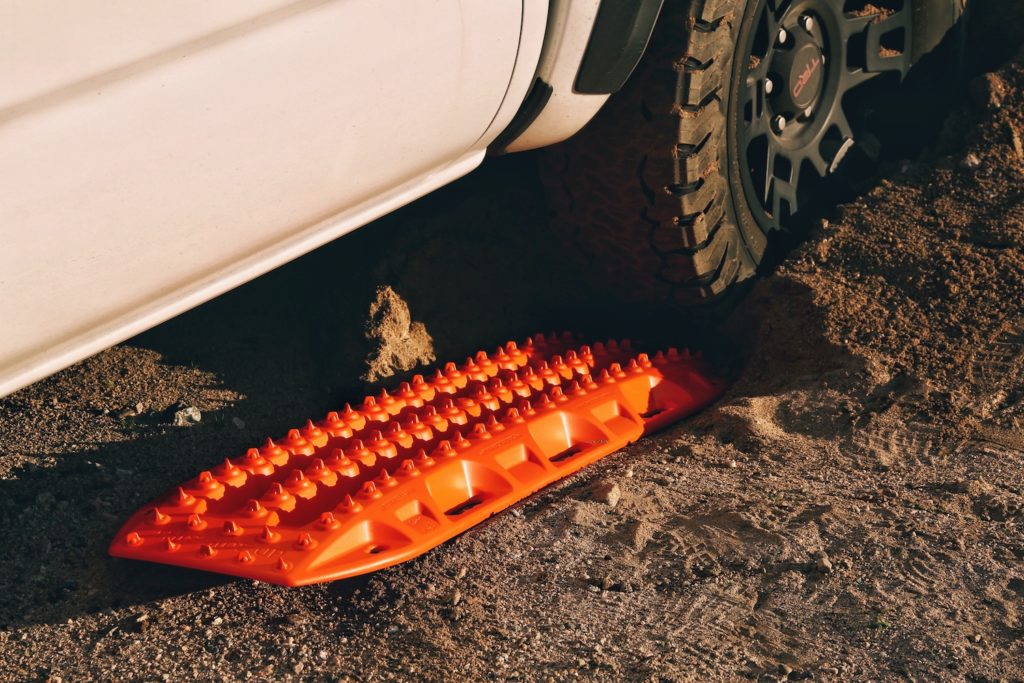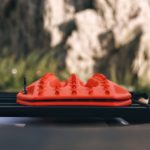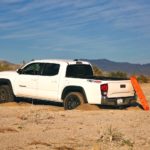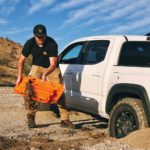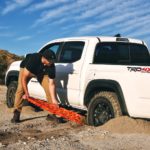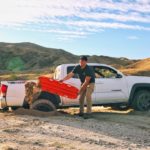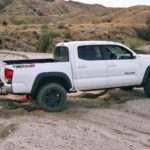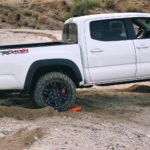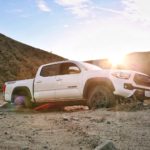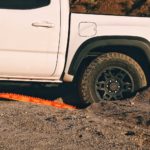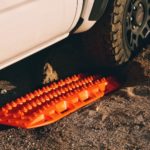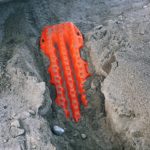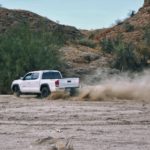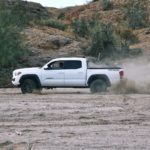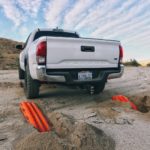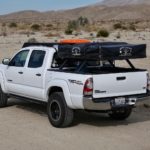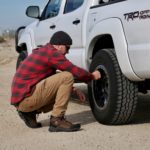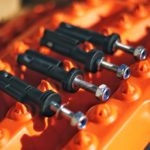My childhood neighborhood was what my family referred to as “the boonies” of California.Olinda Village contained 100 homes and had its own convenience store, restaurant, elementary school, and fire station (which came in handy when brushfires broke out every summer). For all other entertainment, you’d need to drive several miles along a canyon road to our modest town center. Burglars couldn’t be bothered to make the trek to our area, and with everyone looking after one another, Olinda enjoyed a sense of security that was impossible most places.
This environment, the passel of kids my own age, and a big imagination bred my adventurous spirit. No pipeline was too dark, no tree too tall, and no animal too scary to keep my friends and I from exploring. Occasionally, our avant-garde attitude led to dangerous situations – a bull once chased me up a tree, then sat at its base for hours, snorting and pacing, until it finally felt its point made – but most days were pure joy in our outdoor kingdom.
The desire to explore didn’t wane as I grew older. Even when I found myself in Boston for college, I escaped the city frequently to snowboard nearby mountains, off-road in my Jeep, or amble through rural parts of the Northeast. Post-grad, I utilized every ounce of paid vacation to trek in Patagonia, wander western Europe, or road-trip the U.S. Eventually, I chose a career that allowed for spontaneous adventure, provided I recount my experiences in a written medium (square deal, right?).
So when a drunk driver sidelined me for seven months with a brain injury, you can imagine how irresistible the itch to explore became. Yet even after I could poke my head outside, doctors warned to take things slow. Reluctantly, I heeded their advice – after all, moving slow was a heck of a lot better than not moving at all.
Joshua Tree, California is a captivating landscape filled with ornate rock formations, diverse vegetation, and harsh desert. Just a few hours’ drive from my home, J-Tree is also a perfect place to stretch my legs without worrying my wife. As usual, I’ve rallied a couple friends with the promise of shenanigans and, with my Land Cruiser in the shop, convinced them to offer their trucks for our expedition.
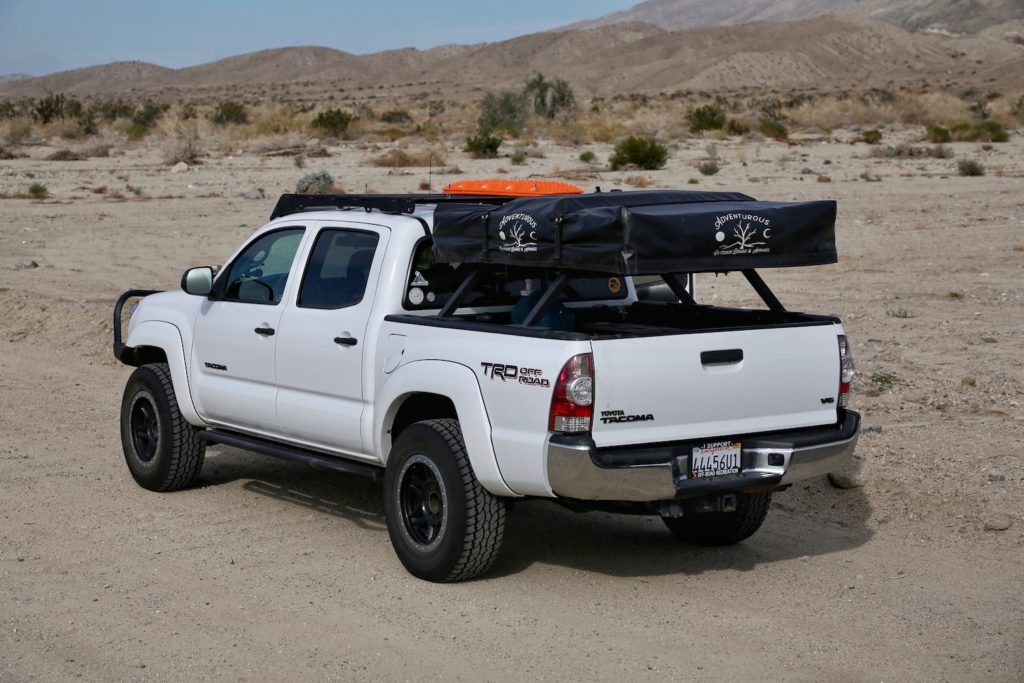
Unsure of what lays ahead, I hastily fasten a set of MaxTrax Mk II recovery boards to the rack of my buddy’s Tacoma (saving the slicker, more secure mounting pins for my Cruiser), grab a few extra layers for chilly nights, and hit the road. Without an itinerary, I use the short haul to scope activities. We’ll hike Ladder Canyon trail, find some fun off-road, and camp on Bureau of Land Management (BLM) territory.
The hike isn’t long – just a five-mile loop – but the going is slow. When not winding through boulder mazes, we carefully balance on rickety ladders high in the air. But I’m in no great hurry; I pause often to analyze layer upon layer of sedimentary earth, outrageous shapes that time and weather have molded, and a few camouflaged creatures bathing in the sun. Our ascent climaxes at a stunning overlook of Coachella Valley. A sliver of the Salton Sea peeks between jutting hills and squiggling dunes pull the eye in a million directions.
Beauty often brings introspection, and few words pass between us during the return journey. Even fewer words are shared while we scarf down lunch. Eventually, though, we break the silence to comment on the lack of dirt plastered to the sides of our vehicles. Thankfully, we’re surrounded by nature’s paintbrush, so we pile into the rigs and begin decorating our canvases.
Recent rains have packed the loose sand, permitting rear-drive donuts and slides that would otherwise sink the trucks in seconds. Yet even with forgiving conditions, my friend manages to bury his rig to a point that even 4WD Lo can’t overcome. Rather than finding our snatch rope and hoping for a clean pull, we unload the MaxTrax and get to work.
First, we flip the boards to use them as shovels, carving accumulated sand away from the front of each rear tire. Built-in handles on each board allow us to easily position and lift the pads laden with their haul. With the runway cleared, we wedge one board at the foot of each rear tire and give our friend the signal to pull forward slowly.
Immediately, the tread catches on the MaxTrax’s durable traction spikes and pulls the vehicle from its trap. As the truck’s full weight passes over the boards, they bow just slightly, but stay planted and intact. Dusting off the pads, I marvel at their durability given their relatively light weight (just seven and a half pounds each). Thinking their service complete, I re-secure the MaxTrax before we decide to find a spot to camp.
But the same friend who stuffed his Tacoma also manages to overlook a massive rock along the trail, beaching his frame on the surface with a painful scrape of metal. Scattered about are rocks we could use to pile in front and behind the boulder to free him, but a wrong move here could damage something critical; we need sure traction. Out come the MaxTrax once more to stack behind the front tire. Again, with the truck in 4WD Lo, the tires mate perfectly with the spikes and elevate the rig just enough to liberate our pal from potential disaster.3
Thankfully, there’s still enough daylight to find a good campsite and get a fire going. The plummeting temperature draws us near the fire, but not so close as to mar our view of the stars. As if seeing it for the first time, I gape at the Milky Way. A smear of deep blue speckled with twinkling lights cuts through the black sky. I breathe deeply, savoring the day’s adventure in its stark contrast to months of indoor confinement. Never again will I take for granted the capacity to explore – slow as it may be.


